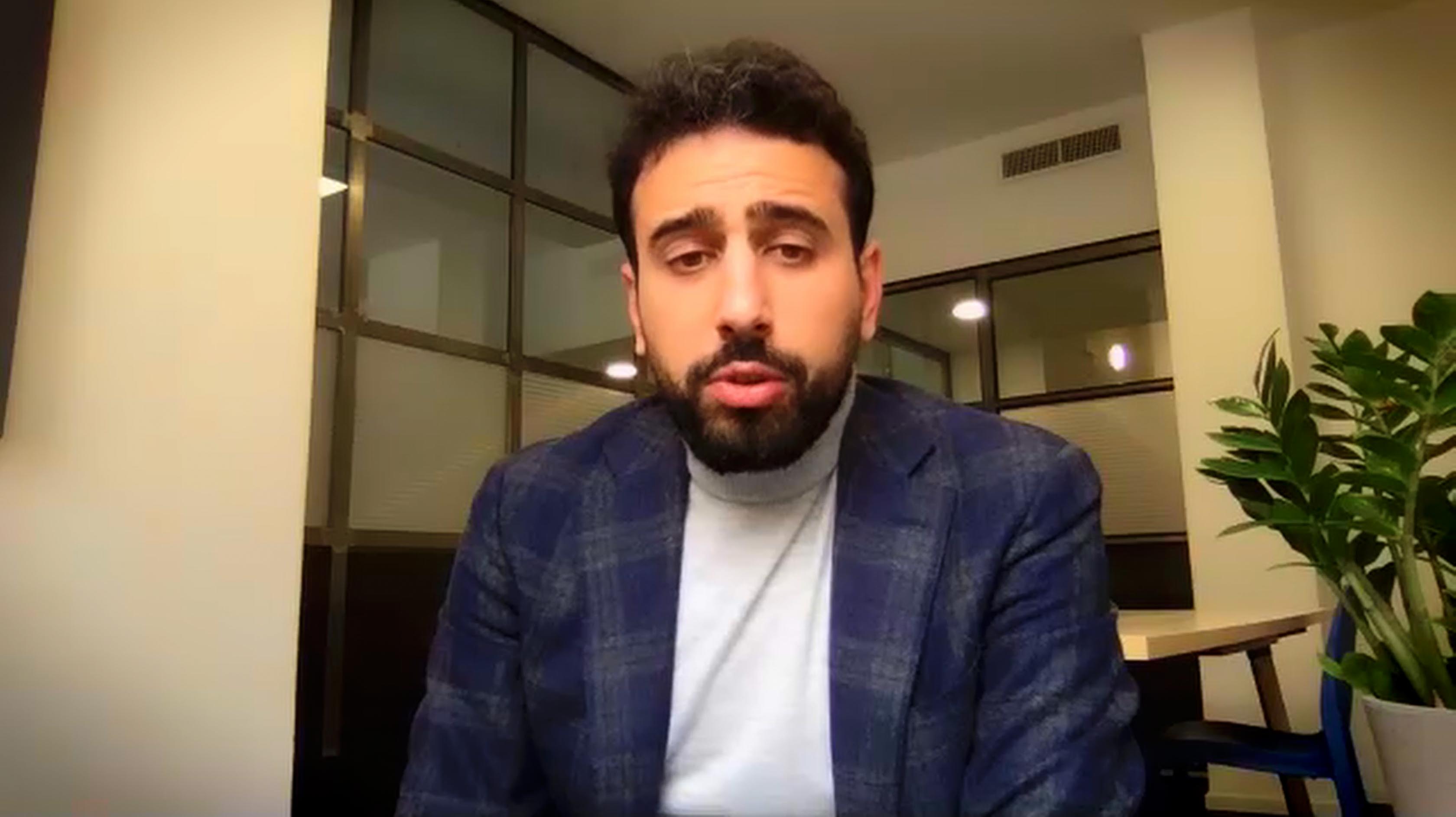
Onboarding Customers
Former Head of Growth, N26
inpractise.com/articles/n26-onboarding-customers
Why is this interview interesting?
- Challenges N26 faced in onboarding customers due to passport identification software
- The importance of building a frictionless onboarding process for growth
Matteo Concas
Former Head of Growth, N26
Interview Transcript
What was your biggest challenge, looking back over that first year in Italy, for example? What was the biggest challenge in acquiring customers?
Italy was a very special case. We talked before about this video identification and the issues that we had with the video. The second one, specifically for Italy, was that N26, being based in Germany, with a German partner for the identification, you need to abide by the German laws, in terms of anti-money laundering. The anti-money laundering rules in Germany do not allow you to accept, as a valid ID, the main Italian ID issued document. Why? Because we still have a mostly paper-based, 1800 technology, as an ID. We are one of the very few European countries, still with this. Now it’s improving but still, many people do not have the electronic one, which is a plastic card, similar to the driving license, with a few more features.
Because of that, we were losing a lot of people. They would start the identification and the operator would ask them, show me your passport, because we were only able to accept the passports. People would say that they don’t have a passport. So, goodbye. We were losing a lot of clients, because of that. We were at a 15% to 20% conversion rate, while the average in Europe, ex Germany, was around 40% to 50%. In Germany, it was 60% to 70%, because being German, the operator, the partner, they were very optimized on identifying the German IDs. So that was a disaster, a complete disaster.
That was number one. But we solved it and, actually, it came mostly from a need to help Italy to change from video to photo and using a partner that was no longer based in Germany, but in another European country. In this case, the Netherlands, which allows, having done certain more risk analysis on the validity and physical check of the Italian ID, that it was a real one, to allow it and accept it. That was the game changer; it took us some time.
How did you find that out?
It was joint work of me and my team and the team I was working in, in the international team and our legal counsel, inside N26. A lot of brainstorming, certain things that traditional banks were doing in Italy. It’s called reliance, this methodology.
Let’s say you have this video onboarding process; you see that there is clearly a lot of churn. Was that you, then going into to look at the process, or getting information from the operators?
When I joined, it was known that the ID was an issue. What I actually discovered was, the main issue with the video – because the video itself, as a technology, was also a bad converter, for the overall organization – so then we had to split it in two. Trying to find out something that was good for the entire company, which was a photo. This improved from 40% - 50% to 80% - 90%, in conversion, which is huge – and the Italian side. It was a lot of work, looking at regulations, European regulation on how to do identification and move that identification around Europe. This meant that if a European financial institution does identification of someone, another bank, within the European Union, can rely on it. This is possible by law, but given the fact that you need to exchange data, etc. it’s not really done between banks. They don’t want to help another one to steal their customer. But what we did was, we found a partner that was able to perform an ID, and work with us, basically, in establishing a product connection, integration between them and us, so that everything was done as automated as possible.
Copyright Notice
This document may not be reproduced, distributed, or transmitted in any form or by any means including resale of any part, unauthorised distribution to a third party or other electronic methods, without the prior written permission of IP 1 Ltd.
IP 1 Ltd, trading as In Practise (herein referred to as "IP") is a company registered in England and Wales and is not a registered investment advisor or broker-dealer, and is not licensed nor qualified to provide investment advice.
In Practise reserves all copyright, intellectual and other property rights in the Content. The information published in this transcript (“Content”) is for information purposes only and should not be used as the sole basis for making any investment decision. Information provided by IP is to be used as an educational tool and nothing in this Content shall be construed as an offer, recommendation or solicitation regarding any financial product, service or management of investments or securities.
© 2025 IP 1 Ltd. All rights reserved.


